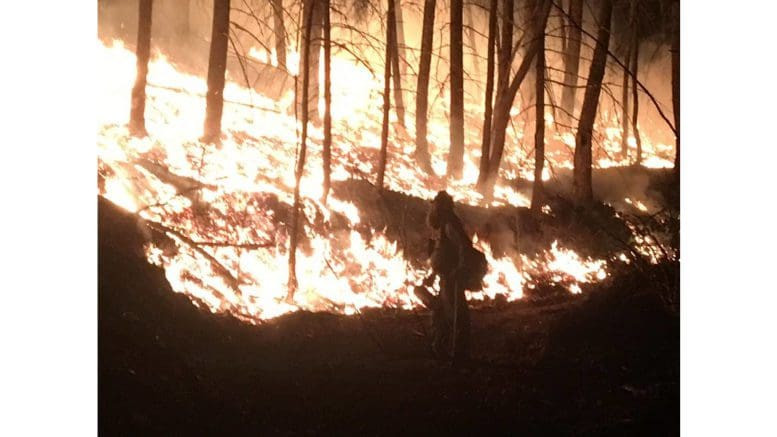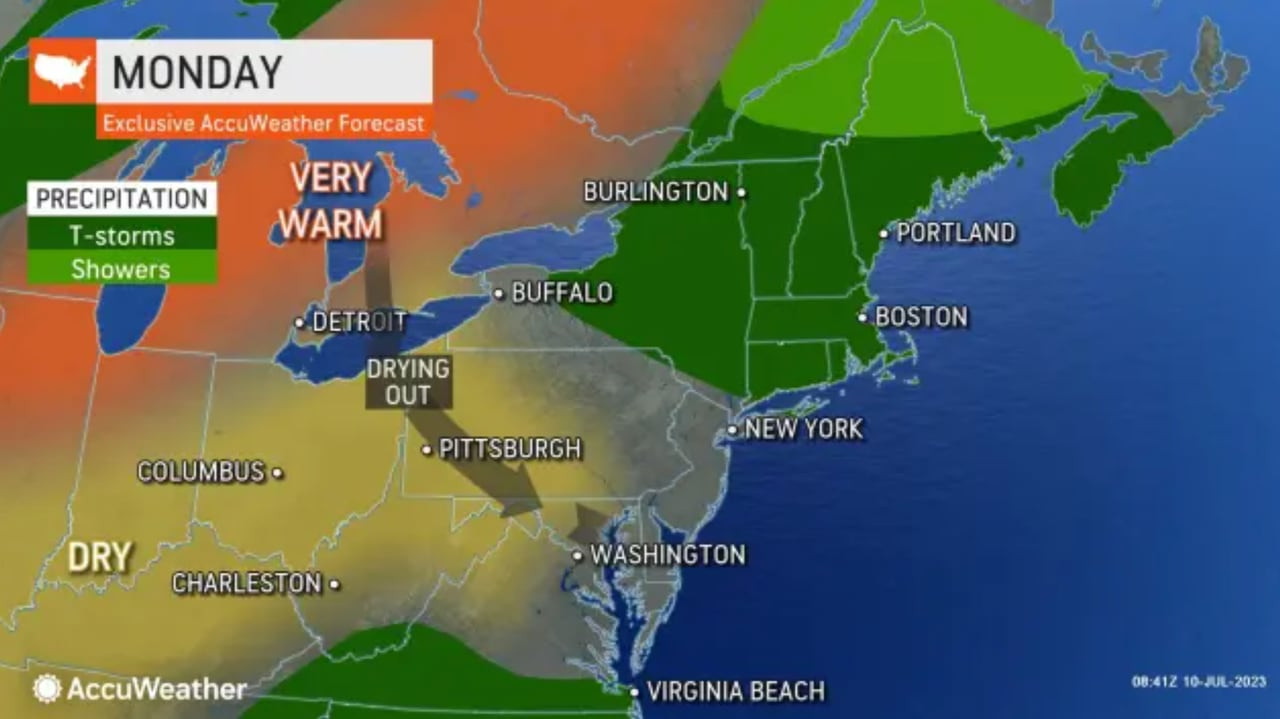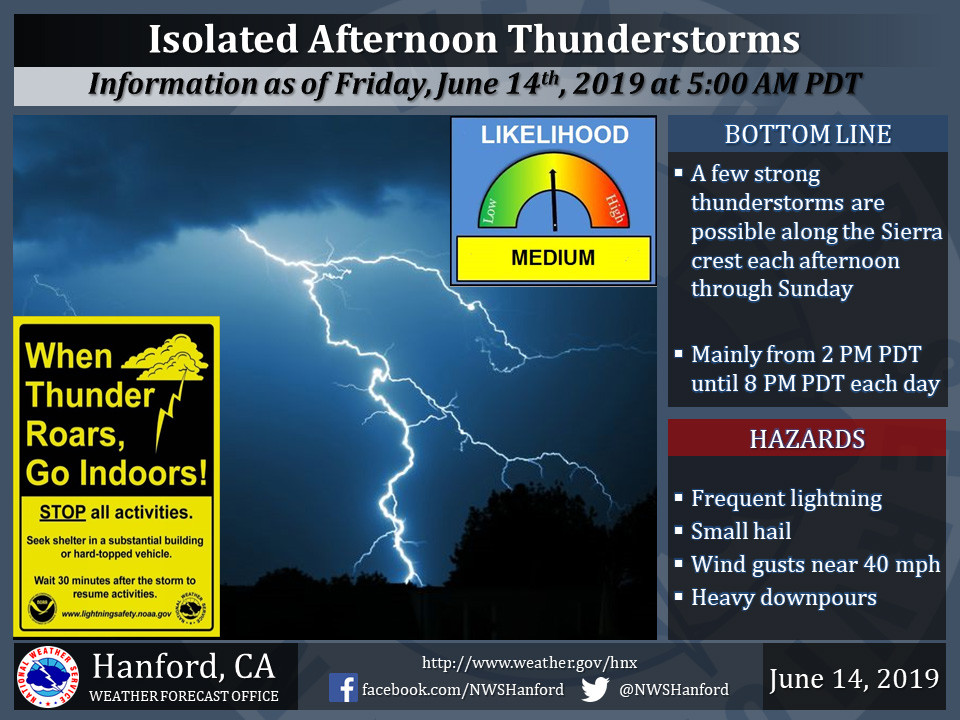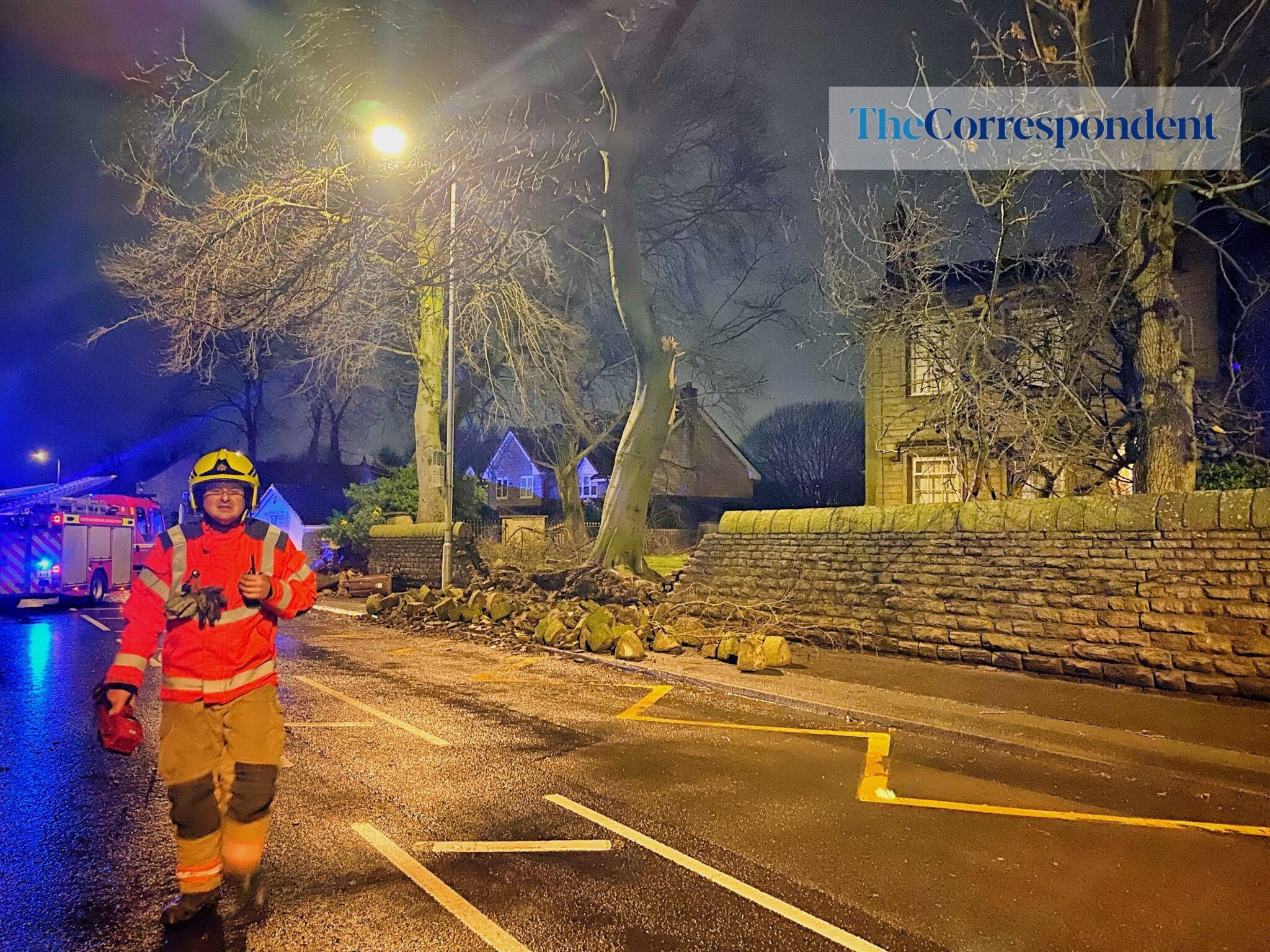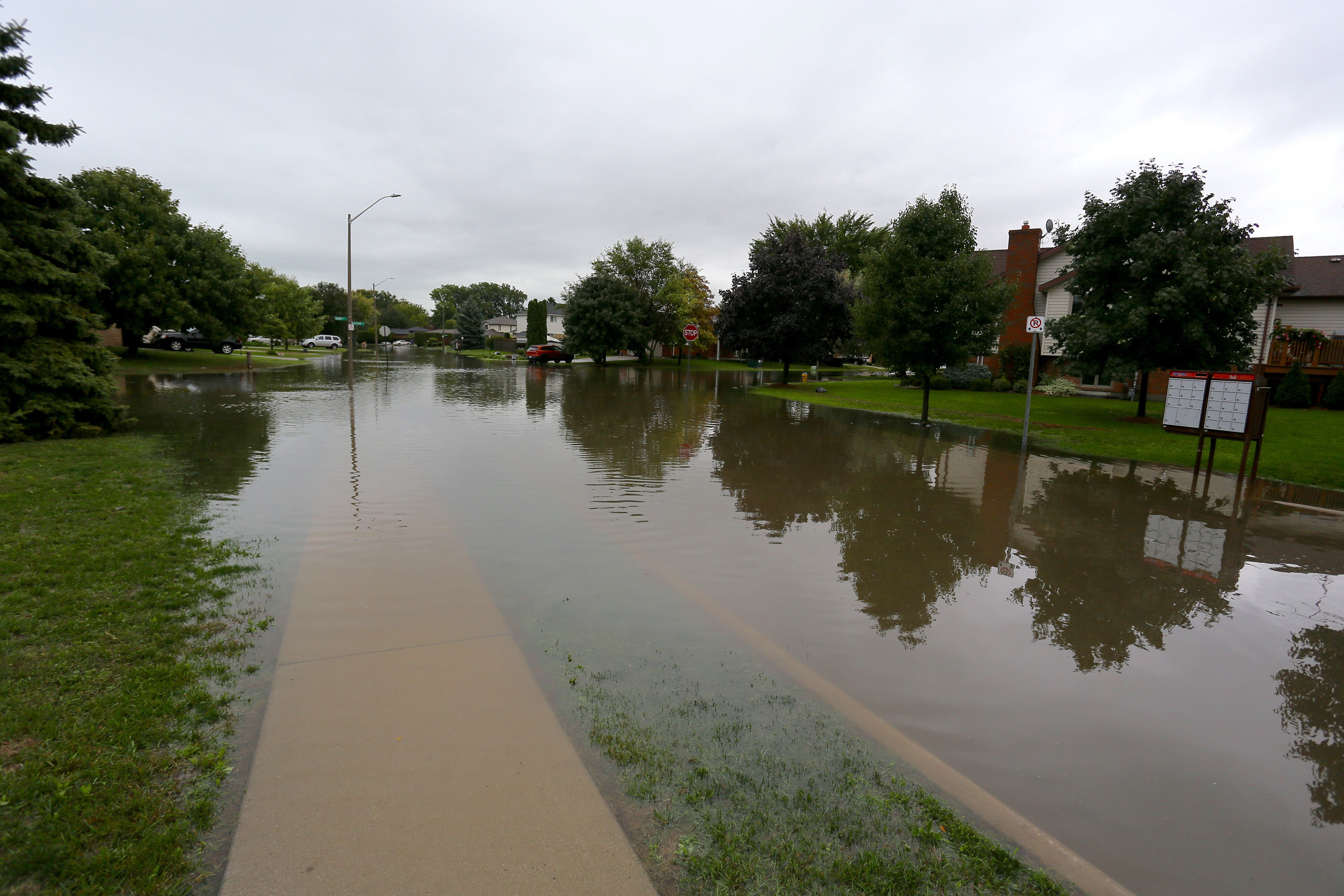The statement gives the following details:
This Hazardous Weather Outlook is for portions of North and Central Georgia.
.DAY ONE…Today and Tonight…
The probability of widespread hazardous weather is low.
Isolated thunderstorms are possible across far north Georgia this
afternoon and evening.
.DAYS TWO THROUGH SEVEN…Monday through Saturday…
The probability of widespread hazardous weather is low.
Isolated thunderstorms will be possible across portions of north
and central Georgia Monday through Saturday. Additionally, periods
of heavy rainfall will be possible Friday and Saturday.
The following counties are included in the hazardous weather outlook:
Baldwin, Banks, Barrow, Bartow, Bibb, Bleckley, Butts, Carroll, Catoosa, Chattahoochee, Chattooga, Cherokee, Clarke, Clayton, Cobb, Coweta, Crawford, Crisp, Dade, Dawson, DeKalb, Dodge, Dooly, Douglas, Emanuel, Fannin, Fayette, Floyd, Forsyth, Gilmer, Glascock, Gordon, Greene, Gwinnett, Hall, Hancock, Haralson, Harris, Heard, Henry, Houston, Jackson, Jasper, Jefferson, Johnson, Jones, Lamar, Laurens, Lumpkin, Macon, Madison, Marion, Meriwether, Monroe, Montgomery, Morgan, Murray, Muscogee, Newton, North Fulton, Oconee, Oglethorpe, Paulding, Peach, Pickens, Pike, Polk, Pulaski, Putnam, Rockdale, Schley, South Fulton, Spalding, Stewart, Sumter, Talbot, Taliaferro, Taylor, Telfair, Toombs, Towns, Treutlen, Troup, Twiggs, Union, Upson, Walker, Walton, Warren, Washington, Webster, Wheeler, White, Whitfield, Wilcox, Wilkes, Wilkinson
The NWS defines “isolated” as follows:
A National Weather Service convective precipitation descriptor for a 10 percent chance of measurable precipitation (0.01 inch). Isolated is used interchangeably with few.
“Scattered” has the following definition:
When used to describe precipitation (for example: “scattered showers”) – Area coverage of convective weather affecting 30 percent to 50 percent of a forecast zone (s).
Isolated thunderstorms and scattered thunderstorms are two terms used to describe different distributions of thunderstorm activity within a particular area. The main difference lies in the extent of coverage and how the thunderstorms are spatially distributed:
In summary, isolated thunderstorms are fewer in number and more localized, covering a smaller area with significant gaps between storms, while scattered thunderstorms are more widespread, covering a larger area with numerous individual storms occurring somewhat randomly across the forecast area.
Isolated Thunderstorms: What to Expect
While the chance of widespread hazardous weather is low, residents of Cobb County and surrounding areas should be aware of the possibility of isolated thunderstorms. These storms can bring strong winds, heavy rainfall, and even hail. It's important to stay informed and be prepared by:
- Checking the latest weather forecasts. The National Weather Service is your best source for up-to-date information on weather conditions. You can find their website here: https://www.weather.gov/
- Having a plan in place. In the event of a thunderstorm, it's essential to know where you'll go for shelter. If you're outdoors, find a sturdy building or vehicle. If you're driving, pull off the road and wait for the storm to pass.
- Being aware of your surroundings. Pay attention to the weather and be prepared to take action if you see signs of a developing thunderstorm. Strong winds, darkening skies, and distant rumbling are all indicators of a possible thunderstorm.
The NWS provides regular updates on weather conditions, and it's crucial to stay informed to ensure your safety. Staying alert and being prepared can help you navigate any potential weather challenges and stay safe throughout the week.
Cobb County Climate: A Look at the Historical Data
The climate report for the Atlanta area for the previous month shows how much departure from the average temperatures that month represents. The average temperature for a date is the average over a 30-year period. This almanac provides information on past climate conditions for September 23, allowing comparisons to current weather.
Simply put, it helps you see what the weather would typically be like on this day, according to historical data.
The Importance of Understanding Weather and Climate
The National Weather Service (NWS) plays a crucial role in protecting lives and property by providing accurate and timely weather information. The NWS describes its role as follows:
“The National Weather Service (NWS) provides weather, water, and climate forecasts and warnings for the United States, its territories, adjacent waters and ocean areas, for the protection of life and property and the enhancement of the national economy.
“These services include Forecasts and Observations, Warnings, Impact-based Decision Support Services, and Education in an effort to build a Weather-Ready Nation. The ultimate goal is to have a society that is prepared for and responds to weather, water and climate events.”
Understanding the difference between weather and climate is crucial. Weather refers to the short-term atmospheric conditions at a specific time and place. Climate, on the other hand, is the long-term average weather patterns in a particular region.
By understanding both weather and climate, we can better prepare for and adapt to the challenges posed by extreme weather events. The NWS provides valuable resources for individuals, communities, and businesses to make informed decisions and improve their resilience to weather-related hazards.
Stay Informed and Be Prepared
While isolated thunderstorms are possible in Cobb County, it's important to remember that the chance of widespread hazardous weather is low. Stay informed by checking the latest weather forecasts, having a plan in place, and being aware of your surroundings. By taking these simple steps, you can ensure your safety and peace of mind during any potential weather events.




